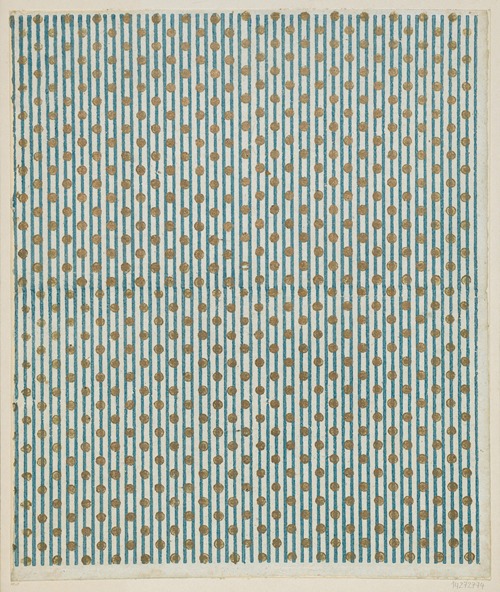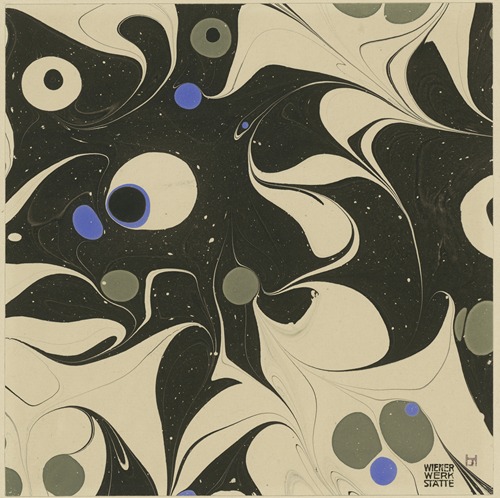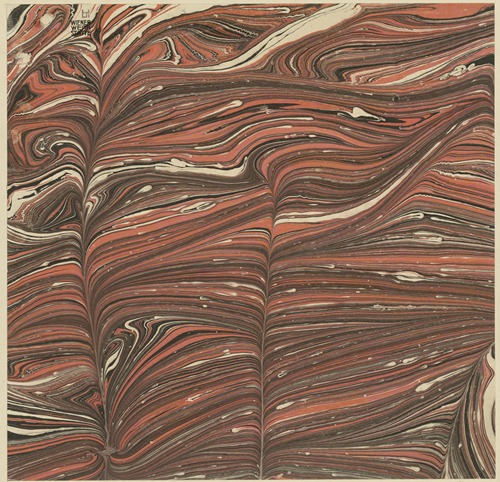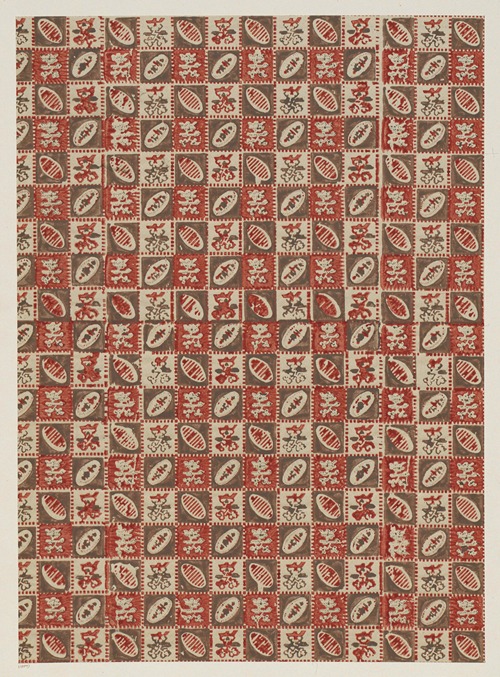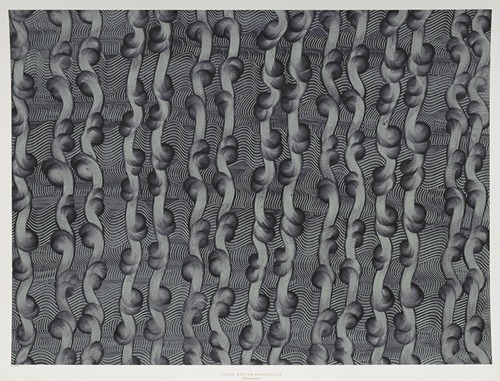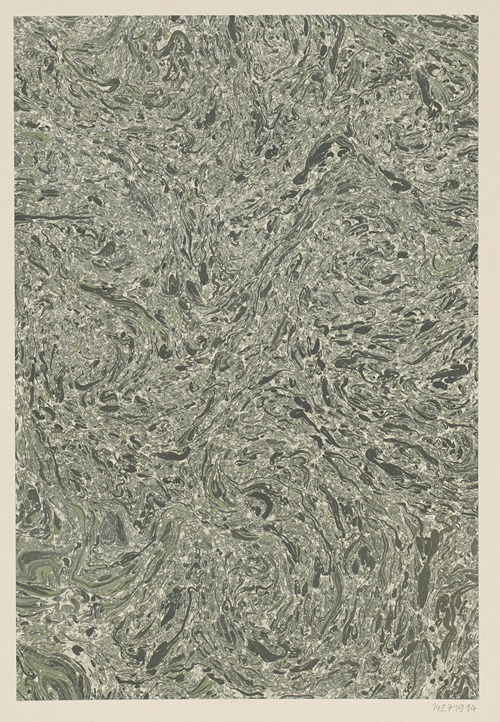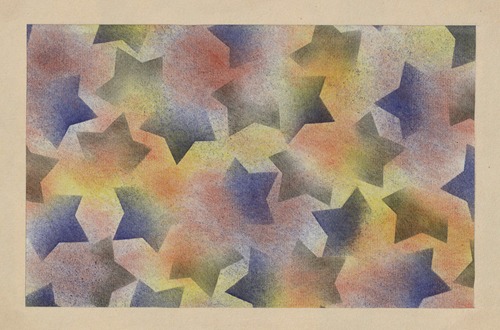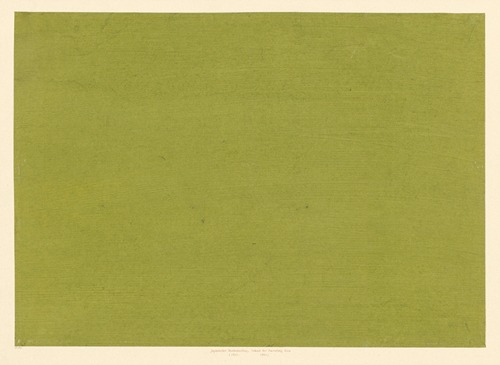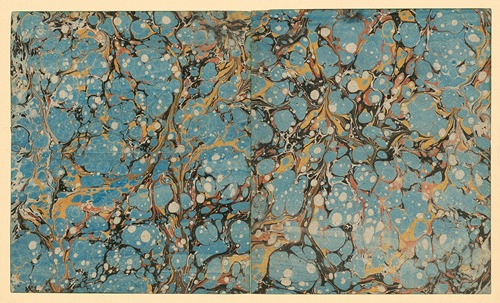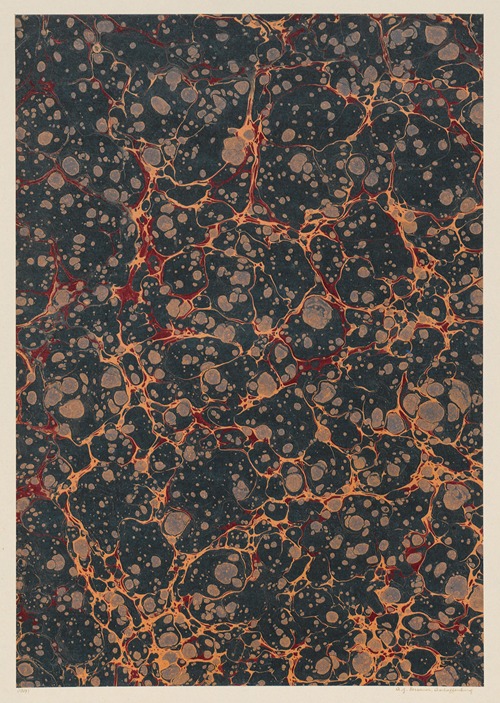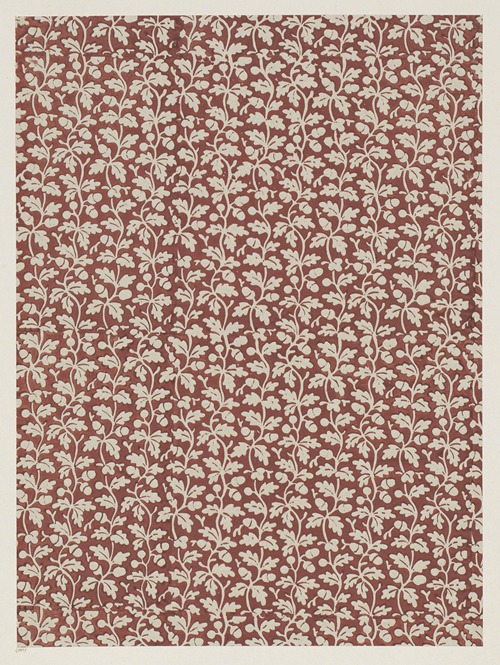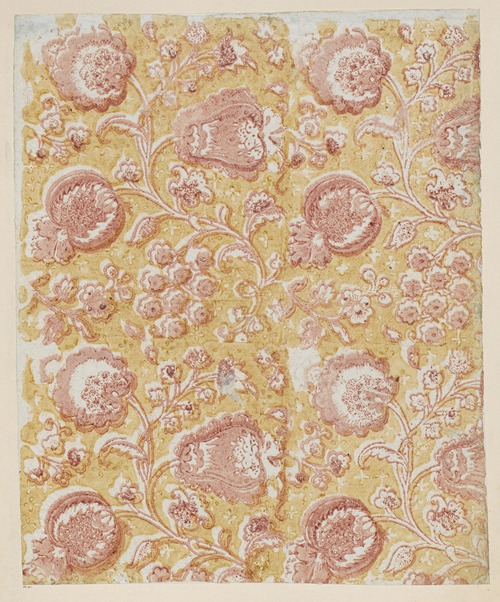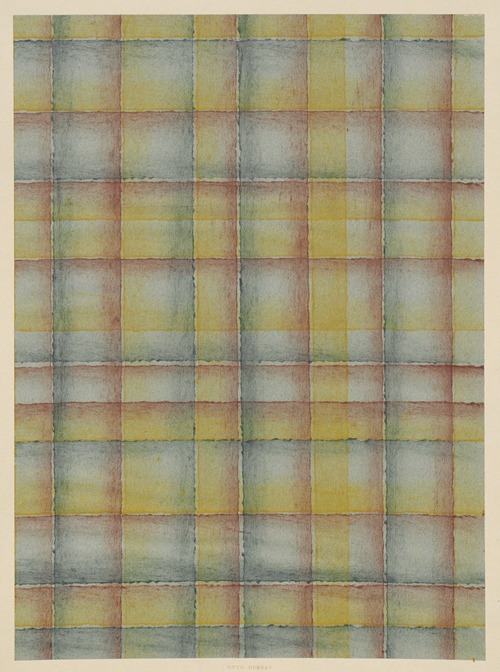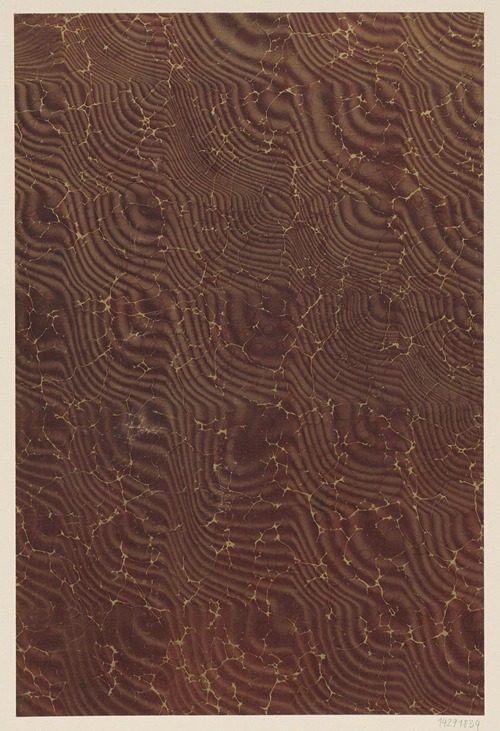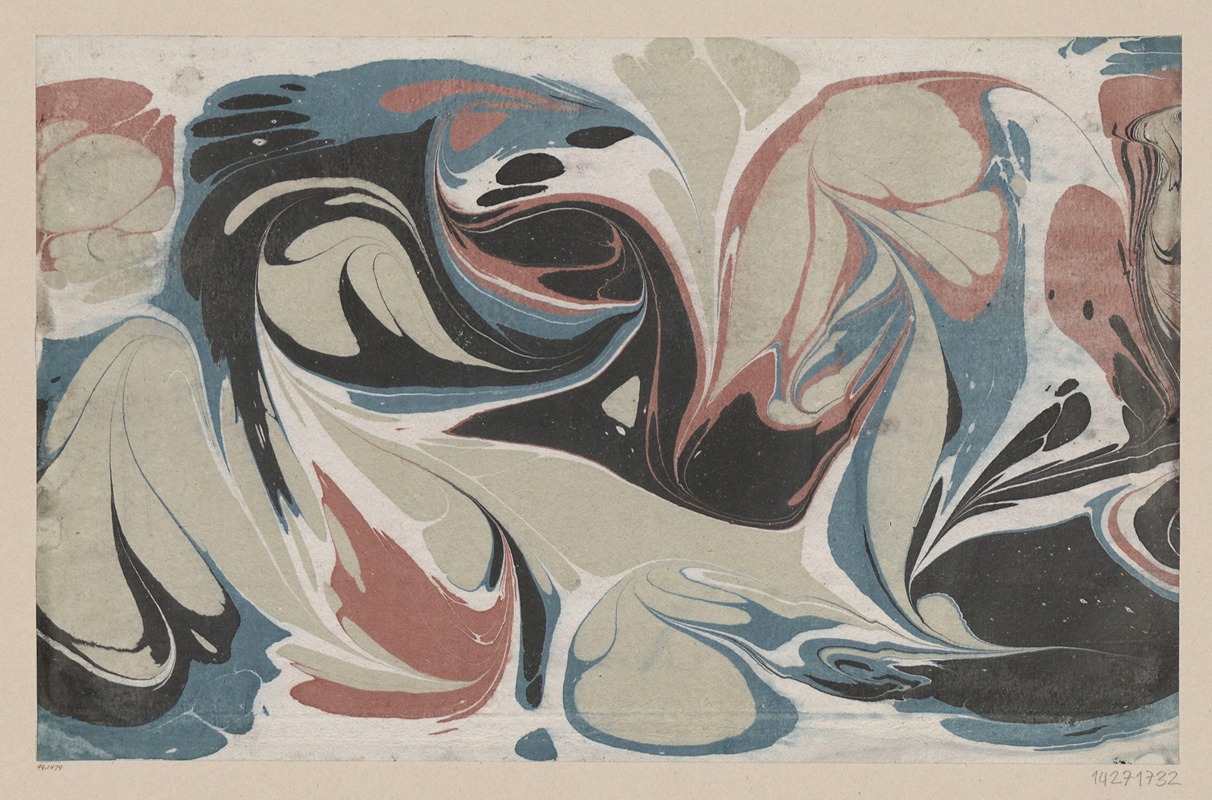
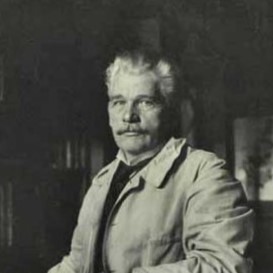
Anker Julius Kyster was a Danish bookbinder, brother of goldsmith Holger Kyster.
He was the son of shoemaker Andreas Elias Kyster (1835-1917) and Bodil Marie Hirth (1838-1874). Anker Kyster was apprenticed as a bookbinder, became a journeyman in 1882 and worked as a journeyman both at home and 1883-86 in Paris, Zurich, Rome and Munich, while continuing his education at vocational and technical schools. In 1892 he established himself as a master bookbinder at Sværtegade 3 in Copenhagen and quickly established a reputation as Denmark's most knowledgeable and artistically original bookbinder.
In several areas, Kyster countered the trend towards standardization and industrialization of the time. Among other things, he introduced handmade, marbled paper to replace machine-made paper. He collaborated with the outstanding craftsmen and designers of his time, especially Thorvald Bindesbøll and Joakim Skovgaard. His works include his binding of the 1915 Danish Constitution in red morocco with gold print (in the Danish National Archives and at Christiansborg). Knud Rasmussen's books about Greenland were originally bound by Kyster in sealskin inspired by Eskimo bead embroidery. Until 1958, the Danish driver's license was placed in a wax cloth folder, which was Kyster's work. He is represented in the Danish Museum of Decorative Arts and Design and in several foreign museums of decorative arts, and his books also appear regularly in Danish antiquarian bookshops.
Kyster became a regular consultant to many major book collectors and held a wealth of positions of trust. He taught at the Professional School for Book Crafts and was on the board of this and the Association for Book Crafts, was on the board of the Association for Arts and Crafts and the Technological Institute as well as chairman of the Arbitration Court and Honorary Court of the Copenhagen Bookbinders' Guild. He was also a member of the Board of Representatives of the Danish Industrial Association and received the Joint Representation of Danish Industry and Crafts medal for the promotion of crafts and industry in Denmark. In 1930, he became a Knight of the Dannebrog.
Anker Kyster also wrote various articles on the history of his profession, including on the mirror bindings from Holberg's time (in Aarbog for Bogvenner, II; 1918), Om Indbinding af Bøger (1920-35), Ex-libris tegnede af Th. Bindesbøll (1917) and in collaboration with Sofus Larsen Danish Eighteenth Century Bindings (1931). 1938 saw the publication Book-bindings in the Public Collections of Denmark. Vol. I.: The Royal Library, Copenhagen.
Kyster married Anna Margrethe Schmidt (May 16, 1870 in Stege -), daughter of iron caster Johannes Haagen Schmidt (1839-1895) and Anna Margrethe Ravnkilde (1844-1895) on September 7, 1900 in Copenhagen.
He is buried at Hellerup Cemetery. Kyster is portrayed in a painting by Sigurd Wandel 1916. There are drawings by Hans Tegner ca. 1897, Rasmus Christiansen 1914, Gerda Ploug Sarp ca. 1924, Otto Christensen ca. 1932 and Carl Jensen 1934.
